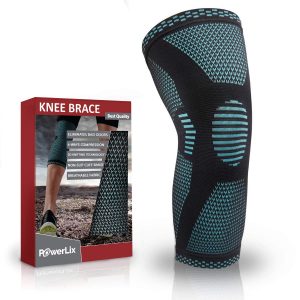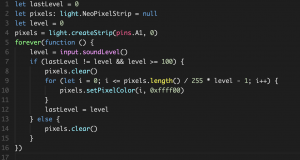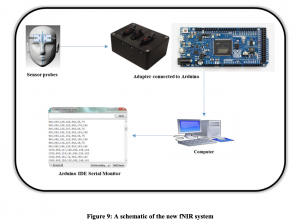SAFE Sleeve
Smart Active Flexion Extension Sleeve
Jake Cordover
Accomplishments
From project post 1’s timeline the goal for this week was: decide implementation plan and order materials needed.
I have decided to implement the wireless approach or utilizing IMUs in order to measure flexion/extension angles with a stretch goal of measuring lateral translation. There were a few deciding factors that went into this decision: one, and perhaps most importantly, if the wired approach, or using materials to measure the change in resistance were utilized to extrapolate to joint angles, the sleeve would need to be recalibrated and mapped to a set of goniometer values for every use, or else run the risk of inaccurate data. Measuring knee angles with a goniometer every time the sleeve is to be used is impractical and defeats the purpose of the sleeve. The second major deciding factor was the longevity of the device, as a knee sleeve is subjected to frequent forces. Thus, any change in characteristics of conductive materials or loose connections could render the sleeve useless. Thus, the wireless approach was selected.
There were a few drawbacks with this implementation plan, namely price and learning curve. For the price aspect, I have reached out to one of the companies I’m considering sourcing for IMU sensors and secured a 10% discount. While the price remains expensive, I really like these sensors because they are essentially ready to go with the IMU data, Bluetooth connection, and a rechargeable battery, enclosed in a small package. The other option is to secure an IMU, a Bluetooth module, a battery, and a development board, which may prove to be less expensive, however the task of integrating everything into an active knee sleeve becomes harder.
Additionally, I have decided on two knee sleeves to order. They are both relatively inexpensive and get high reviews on amazon. I did some preliminary research on 3D printing, and I would like to print a snap fit enclosure with sew tabs to anchor the electronics onto the sleeve.
Finally, as I’m going with the wireless approach, I will need to learn about IMUs and how to extrapolate this data into angular measurements. I spent time this week reading about accelerometers and gyroscopes, how they work, and how their data can be used to calculate angles.
Images

Knee sleeve 1

Knee sleeve 2
Changes to approach
At this point, there have not been any changes to my approach, however I have selected the wirelessimplementation as outlined in this weeks accomplishments.
Material List
| Part/Material | Price ($) | Quantity | Link |
| Potential IMU 1 | 117 with discount secured | 1 | https://yostlabs.com/product/bluetooth-mini/ |
| Potential IMU 2 | 76 | 1 | https://mbientlab.com/store/metamotionc/ |
| Knee Sleeve 1 | 16.97 | 1 | https://www.amazon.com/PowerLix-Compression-Knee-Sleeve-Basketball/dp/B01MQYADOT/ref=sr_1_5?keywords=powerlix+knee+sleeve&qid=1552264456&s=gateway&sr=8-5 |
| Knee Sleeve 2 | 20 | 1 | https://www.amazon.com/Zensah-Knee-Compression-Sleeve/dp/B00GPU7QRO/ref=sr_1_6?keywords=zensah+knee+sleeve&qid=1552264496&s=gateway&sr=8-6#customerReviews |
| 3D printing
and associated costs |
TBD | TBD | TBD |














